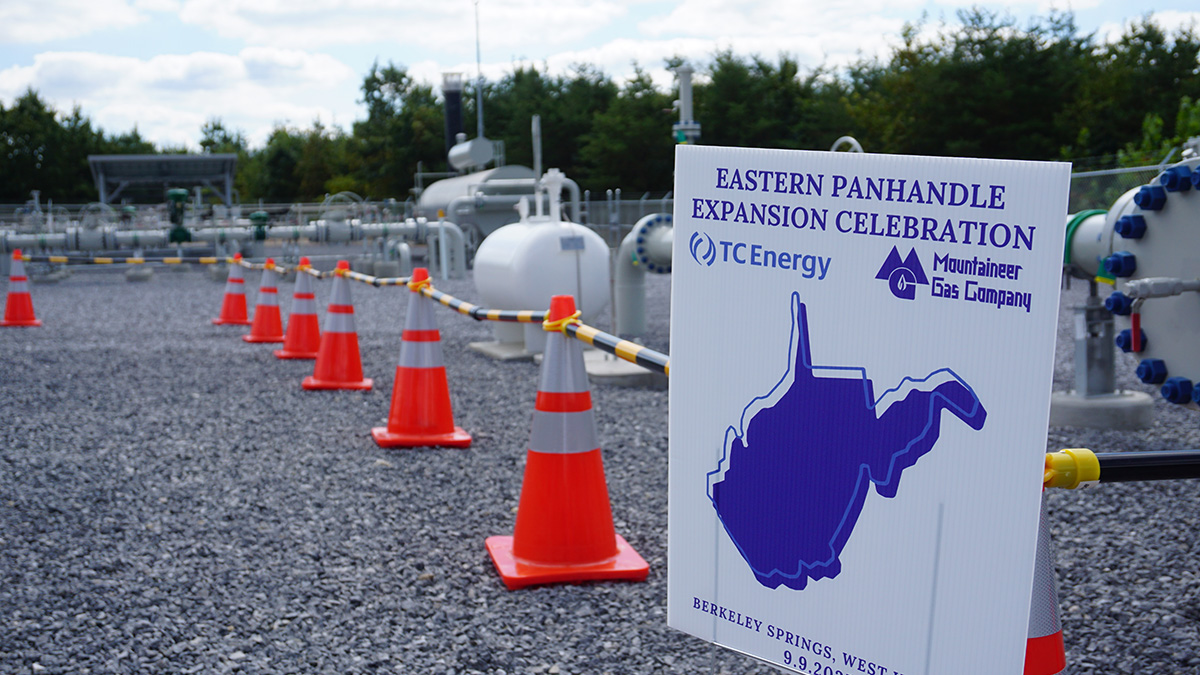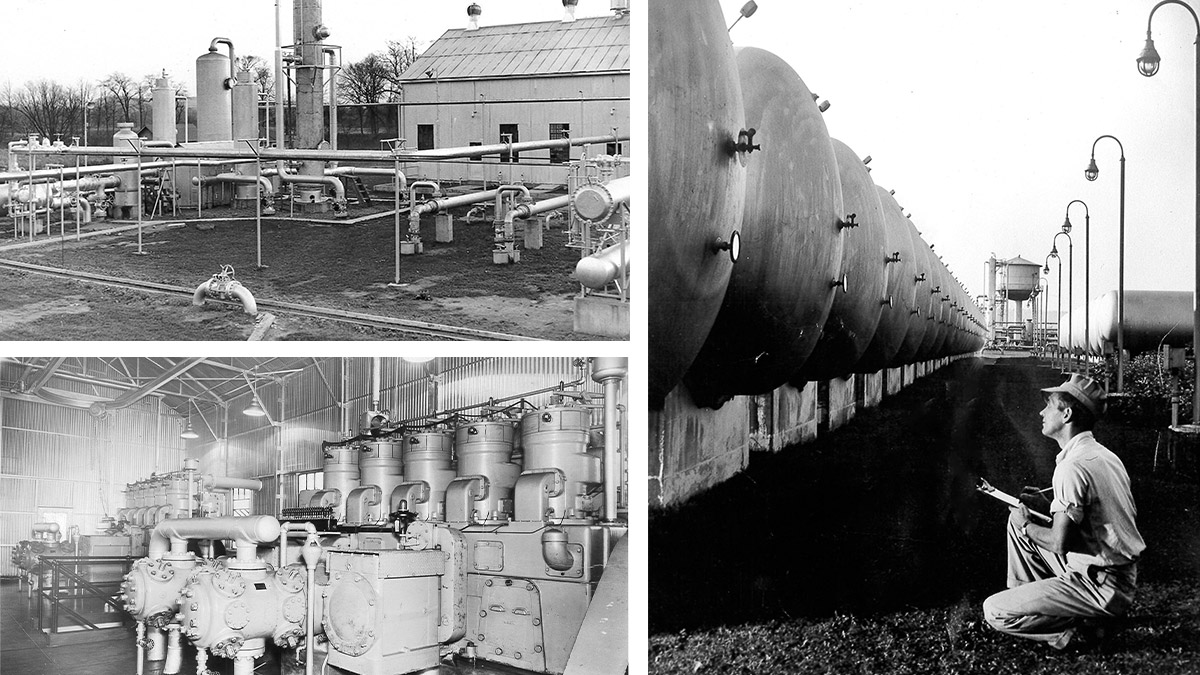Showing results 11 to 20 of 634 for “headquarters locations”

New pipeline to Morgan County, West Virginia expands natural gas access to power homes, drive business and fuel local prosperity in the Heart of America

Houston, our U.S. headquarters and home to more than 1,000 of our people, was severely impacted by the historic storm that hit much of the U.S. The storm brought unprecedented record freezing temperatures that shut down infrastructure providing energy to Texas. Millions found themselves without power or heating for up to several days and experienced food and supply shortages. Many were left without water, and when they did regain access, they had to adhere to a water boil notice across the city.

On May 31, 1940, more than a year before the U.S. entered World War II, Manufacturers Light and Heat Company purchased nine acres of land along Connoquenessing Creek in Ellwood City, Pa., around 40 miles north of its Pittsburgh headquarters. The plan was to build a 1,000-hp compressor station to support the expansion of two nearby natural gas pipelines. Market demand in the region was growing fast, and the company needed to keep up. As it turned out, the project couldn’t have come at a better time: By the end of 1945, the station’s horsepower had doubled, and a post-war economic boom was on the horizon.

On Tuesday, Oct. 15, we announced that the iconic building at 700 Louisiana Street in Houston, previously the Bank of America Center, has been renamed the TC Energy Center. The TC Energy Center is a testament to the growth of our people and our operations – in Houston and across the country.
tce-accessibility-progress-report-plan-2025-en.pdf
tce-personal-protective-equipment-en.pdf
tce-accessibility-progress-report-plan-2024-EN.pdf
Meter stations are used to measure the volume and composition of natural gas transported through a pipeline.

To address the critical need for technology, TC Energy partnered with Comp-U-Dopt, a non-profit providing technology access and education to Houston's underserved youth.